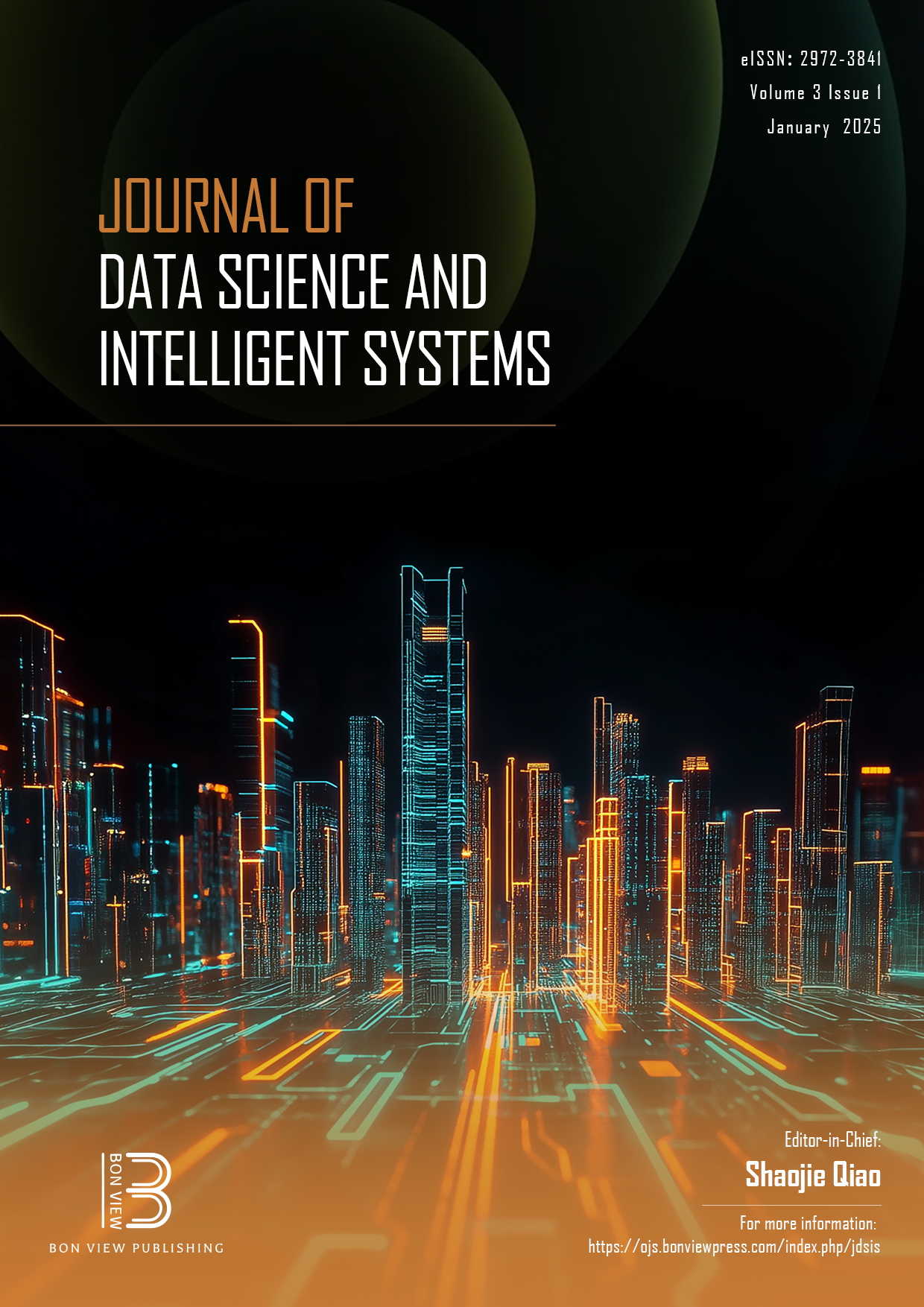Vision-Based Fall Detector for Elderly Based on Sliding Window Approach and Feature Engineering
DOI:
https://doi.org/10.47852/bonviewJDSIS42024100Keywords:
machine learning, sliding window, human fall detection, classification model, tsfresh, auto-sklearnAbstract
A new vision-based fall detector is proposed that uses the tsfresh tool to generate features from the bounding box motion parameters of an object and performs classification in a sliding window mode. The efficiency of the generated features is demonstrated compared to the primary ones. Using the auto-sklearn library and a generalized dataset compiled from the UR Fall Detection and CAUCAFall datasets, the best human fall detection model is found. This model based on a gradient boosting classifier achieved 96% accuracy, which is not inferior to well-known detection algorithms, but uses only two primary motion parameters to generate secondary features. A principal component analysis-based class separability study showed that for secondary features 99% of the variance is captured by the first 4 principal components, while for primary features, the first 10 principal components contain only 80% of the data variance. Furthermore, the processing time for generating secondary features and making predictions was found to be relatively short, taking only a few seconds per sequence, highlighting the practical applicability of the proposed approach in real-time fall monitoring systems.
Received: 15 August 2024 | Revised: 12 October 2024 | Accepted: 7 November 2024
Conflicts of Interest
The authors declare that they have no conflicts of interest to this work.
Data Availability Statement
Data available on request from the corresponding author upon reasonable request.
Author Contribution Statement
Boris Assanovich: Conceptualization, Methodology, Validation, Investigation, Resources, Writing - original draft, Writing - review & editing, Visualization, Project administration. Katsiaryna Kosarava: Methodology, Software, Validation, Formal analysis, Investigation, Data curation, Writing - review & editing, Visualization.
Downloads
Published
Issue
Section
License
Copyright (c) 2024 Authors

This work is licensed under a Creative Commons Attribution 4.0 International License.


